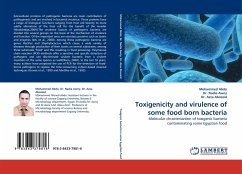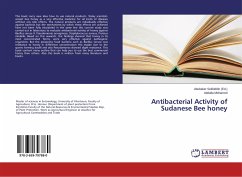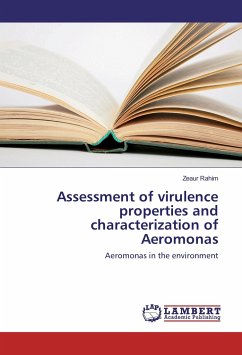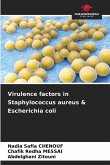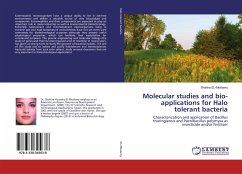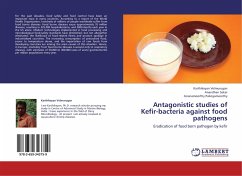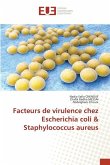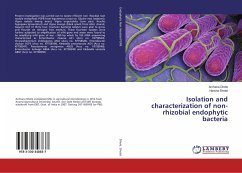Extracellular proteins of pathogenic bacteria are main contributors of pathogenesis and are involved in bacterial virulence. These proteins have a range of biological functions ranging from host cell toxicity to more subtle alterations of the host cell for the benefit of the invader (Wooldridge,2009).The virulence factors of pathogenic bacteria are divided into several groups on the basis of the mechanism of virulence and function. Of the important ones are secretary proteins such as toxins and enzymes (Wu et al., 2008). Among these pathogenic bacteria are genus Bacillus and Staphylococcus which cause a wide variety of diseases through production of their toxins on several substrates, among these substrates "food" and this resulting in food poisoning. Polymerase chain reaction (PCR) methods offer a sensitive and specific detection of pathogens and can discriminate virulent bacteria from a virulent members of the same species as well(Olsen, 2000). In the last 10 years, many authors have proposed the use of PCR for the detection of food-borne pathogens to replace the time-consuming culture-based classical techniques (Gravet et al., 1999 and Miethke et al., 1992).
Bitte wählen Sie Ihr Anliegen aus.
Rechnungen
Retourenschein anfordern
Bestellstatus
Storno

